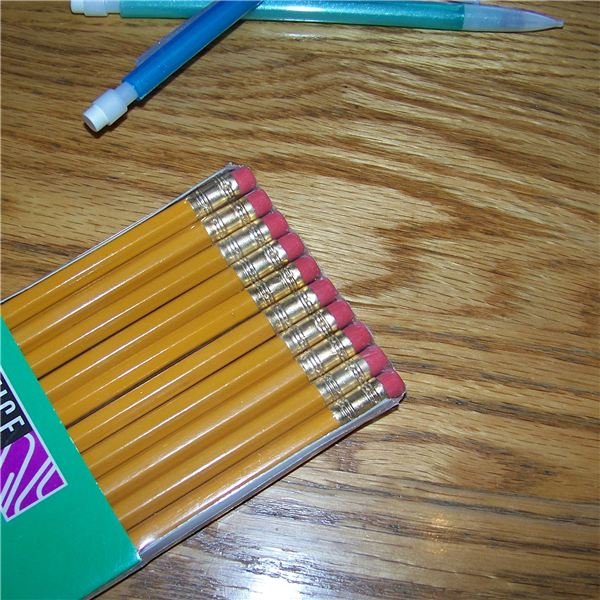Tips to Writing a Short Story: Elements, Help and Tips
Short Story Elements
How can you write a short story that your teacher will love? The number one downfall of the young writer is not knowing how to end the story. Have you ever rambled on for several pages because you didn’t know the ending? The best way to avoid wasting paper is to “plot” out the story before you write it.
**What’s the Plot?
**
Before you write the first paragraph, decide on several story elements. Choose the following before you write the first paragraph:
- Setting (This is where the story takes place.)
- Time (Most short stories cover a day or up to a week. If your short story covers a month, you probably need a shorter time period.)
- Major conflict (This is the problem that the characters solve.)
- Characters (In a short story, only have 2-4. If you have more than this, the characters will complicate the plot.)
- Ending (There should be a resolution and all the loose ends should be tied up.)
Use this list to help you write your story. You can always change your mind, but this list will get you started writing.
Choose an Audience
Once you have made decisions on the basic story elements, decide who your audience is. Will this short story be for small children, children your age or adults? Of course your teacher will read it, but who do you want the audience to be?
**
Use Dialog
Now that you have your major story elements decided, you can start writing your story. If your characters are going to talk to each other, this is called dialog. Most young writers struggle to write “real” dialog. But, you only learn by trying. Remember that each time a different character talks, you need to indent and start a new paragraph.
Try to think like the characters who are talking. If your main character is a six-year-old-girl, write the dialog like your little sister or the little neighbor girl would talk. If your character is an old, grey-haired man, write the dialog like your grandfather or an older neighbor would talk.
Also, make sure you punctuate and format your dialog as well. Each time a new different character speaks, make sure that you make a new paragraph. This might mean that you start quite a few new paragraphs in dialog, but it will be correct. In addition, brush up on the use of quotation marks and commas.
For example:
“You are growing quite tall,” said Mary.
“I hope to reach six foot by summer,” said Bart.
Hopefully using these tips while writing will wow your teacher with your next short story. Do not ramble on and lower your grade. Tell a well thought out story with a few plot twists that has an interesting ending. Remember that a thought out story will usually receive high marks.
References
This post is part of the series: Creative Writing
All of the lessons in this series will focus on creative writing.
